
Help other travelers use your experience.
Review this destination, share your thoughts, impressions, pros and cons.
Let's make traveling easier than ever.
Imereti region is located in western Georgia and includes the territory of Imereti, a historical-geographical province. Imereti is a region with an ancient culture. It is also stunning and diverse in nature. Remains of the glory of ancient Colchis, temples, waterfalls, mystical Khvamli mountain, or numerous caves will take you on a journey into the magical world.
Traces of human life in the territory of Imereti are yet confirmed from the Lower Paleolithic period (Paleolithic - from ancient times to 12000 BC). In the XIII century B.C. there was a large union of Colchian tribes here. Later, the former class Georgian state, Kolkata, was created. After the fall of Colchis, the kingdom of Colchis emerged in western Georgia, the capital of which, according to ancient authors, is considered to be Kutaisi. The territory of present-day Imereti was an integral part of the Kingdom of Colchis. In the 1st century, a new Georgian state unit, the Kingdom of Egrisi (Lazika), emerged on the site of the Kingdom of Colchis, which soon came under the influence of the Roman Empire. The kingdom of Egrisi was also the object of confrontation between the Greeks and the Persians. At the beginning of the 13th century, an Arab commander, Marwan ibn Muhammad (Marwan's cruelty and ruthlessness were epitomized by the Georgians by naming him Murvan Qru ("Marwan the Deaf")) invaded and dispersed in Egri. In the following period, Imereti became the center of Georgian life and Kutaisi became the capital of western Georgia first and then of Georgia. X-XII centuries are considered to be the golden age of Imereti. Important notes of Georgian culture were built during this period. In the XV century, after the collapse of the Georgian feudal monarchy, Imereti was established as a separate feudal state. Initially, the Kingdom of Imereti covered the entire territory of western Georgia, but in time it was separated from the principalities of Odisha, Guria, Abkhazia, and Svaneti. The capital of the Kingdom of Imereti was Kutaisi. Kutaisi has experienced many ups and downs, although it has often been raided due to its wealth and strategic location. Kutaisi has been a cultural and educational center for centuries. During the Soviet period, it was one of the largest industrial centers. Based on the current regional division, historical Imereti has the status of a territorial-administrative part.
The culture of Imereti, like other parts of Georgia, is different and diverse. Imereti celebrates various public holidays, such as Zekaroba, Ortsipoba (same as Motsametoba), Bosloba, Sachkherloba, Chiaturoba, etc. Bosloba is held in honor of the deity Boseli. On this holiday, the men going to Boseli (cowhouse) had children hanging on their backs, putting a piece of fat on the cattle - so to fatten. On Zekaroba people visit Kvasakdara hill, it is possible to taste traditional dishes, observe horse racing, and attend other events. The festival with this name has been held for several years and it is a new continuation of "Shepherd's Day". Singing is an integral part of Imereti. The folklore and folk songs of this region are well known. Imereti people are distinguished by their aesthetics and sobriety, which can be seen by their homestead and traditional clothing. You can also find samples of traditional beautiful clothes of Imereti in the Georgian National Museum. In ancient times, short chokha (Georgian national suit) was typical for Imereti. Raphael Eristavi (Georgian poet and playwright) described the Imereti man's attire as follows: "The Imereti people wore short chokha above Akhalukh, woolen shawls around their legs, which were tied with a special belt and a hat called Papanaki on their heads." Later, the Circassian long-style Chokha spread. This region is also distinguished by its construction skills. Here the tradition of homestead planning was passed down from generation to generation. The house stands in the center of the yard. It is tiled and decorated with carved balconies facing the sun.
One of the oldest centers of pottery in Georgia is in Shrosha. The tradition and secret of the craft-making are preserved in every family here and is passed down from father to son. There is a big pottery market in the village of Shrosha.
Imereti people are amazingly hospitable and Imereti cuisine is also incredibly delicious. Walnut dishes are common here, and herbs are also abundantly used. Imereti khachapuri is known and popular all over Georgia. Also one of the outstanding dishes is the fried chicken dipped in blackberry and unripe grape juice, so-called Isrimakvali.
Imereti should also be mentioned in terms of winemaking. Imereti is one of the most diverse parts of Georgian wine, which is due to the diversity of climatic conditions and soil composition of mountainous Imereti. Imereti vine varieties are Tsolikauri, Tsitska, Krakhuna, Otskhanuri Sapere, Adanasuri, and others.
Imereti is located in the eastern part of western Georgia. It is bordered on the east by the Likha Range, on the west by the Tskhenistskali River, on the north by the Caucasus Range, and on the south by the Fersati, or Meskheti Mountains. The region is bordered by Racha-Lechkhumi and Kvemo Svaneti on the north, Shida Kartli on the east, Samtskhe-Javakheti on the south and, Guria and Samegrelo-Zemo Svaneti on the west. Well-defined natural boundaries give the region physical-geographical isolation. All landscape zones can be found on Imereti territory - starting from humid subtropics, ending with alpine meadows. The region includes the municipalities of Kutaisi, Baghdati, Vani, Zestaponi, Terjola, Samtredia, Sachkhere, Tkibuli, Tskaltubo, Chiatura, Kharagauli, and Khoni. The administrative center of the region is Kutaisi. Imereti is divided into two parts: Upper and Lower Imereti. Imereti is connected to other parts of Georgia by the following passes: Racha - Nakerala (1235 m) and Shkmeri; Kartli - Rikoti (999 m) and Surami (947 m); Meskheti - Zekari (2178 m). This region is rich in inland waters. The main transit rivers are Rioni and Tskhenistskali. The rivers flowing on the territory of Imereti are Dzirula, Chkherimela, Kvirila, Rikotula, and others.
The Imereti Plain is the eastern part of the Kolkheti Plain and is located in a humid, subtropical climate region of the sea. Mild, warm winters and hot summers are typical to Imereti. The average annual air temperature is 11-15 ℃. The middle and highland zone is characterized by long winter and cool summer climates.
Imereti is rich in cultural monuments and natural diversity. Here we find monuments of great historical and cultural significance from different periods. The city of Vani, Gelati, Bagrati will take you through the labyrinths of myths and history. The nature hidden in the green of Imereti is a real paradise, with canyons, waterfalls, and unique caves.
Our guides are ready to help you on this trip
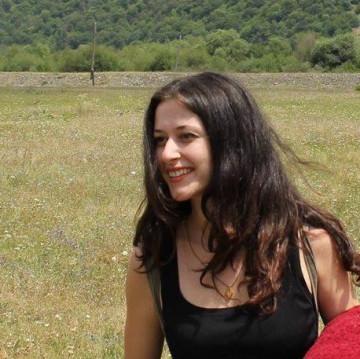
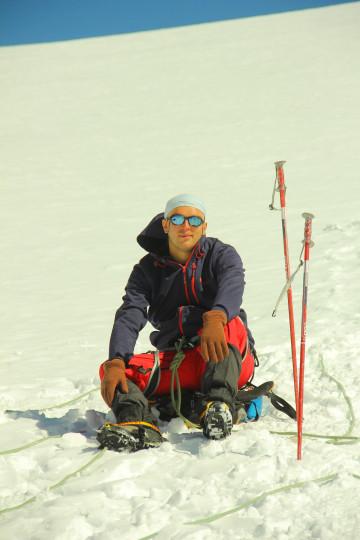
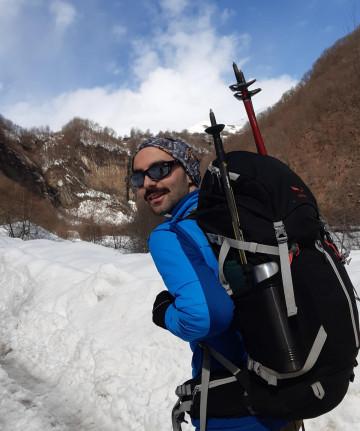
Buy our tours online and explore incredible Georgia!
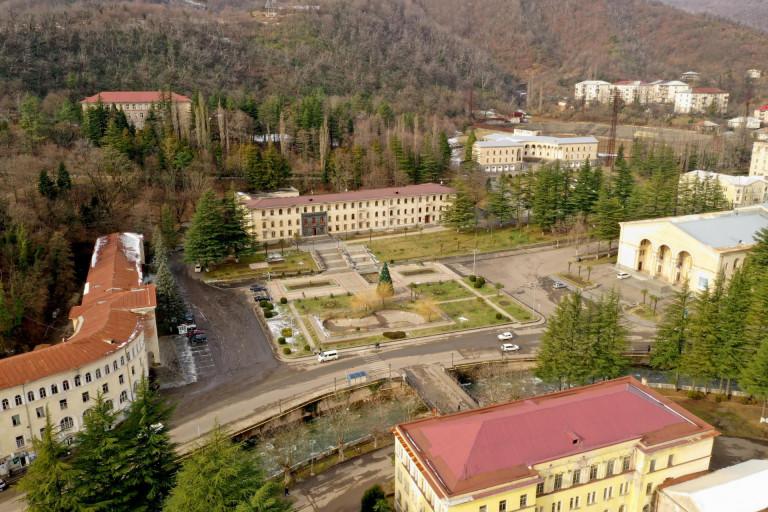
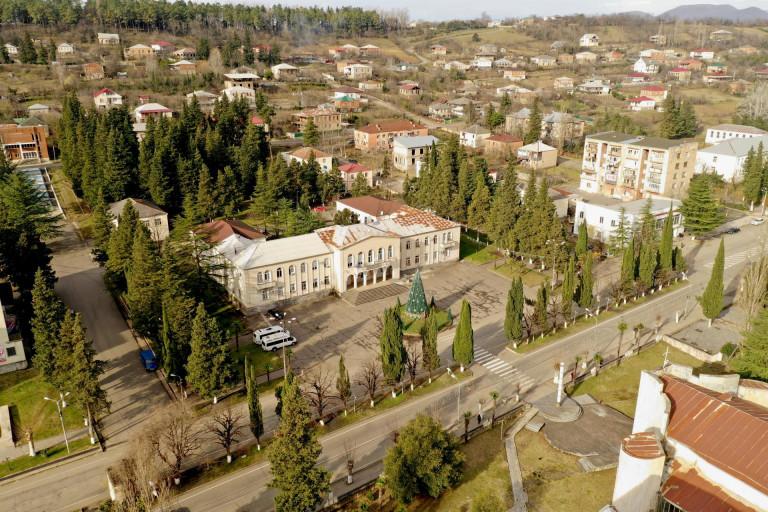
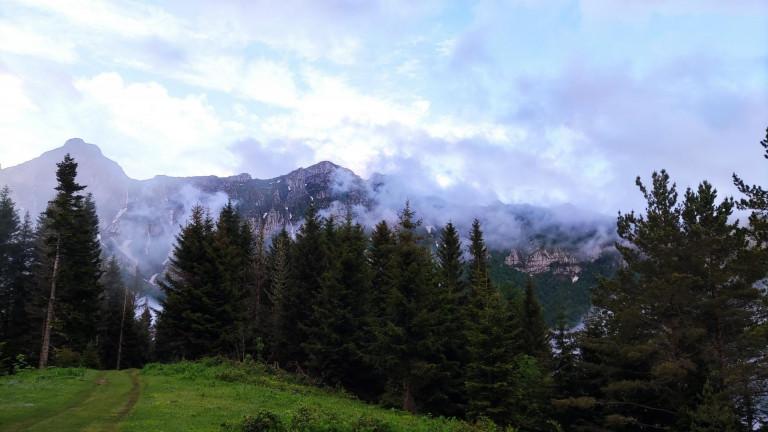





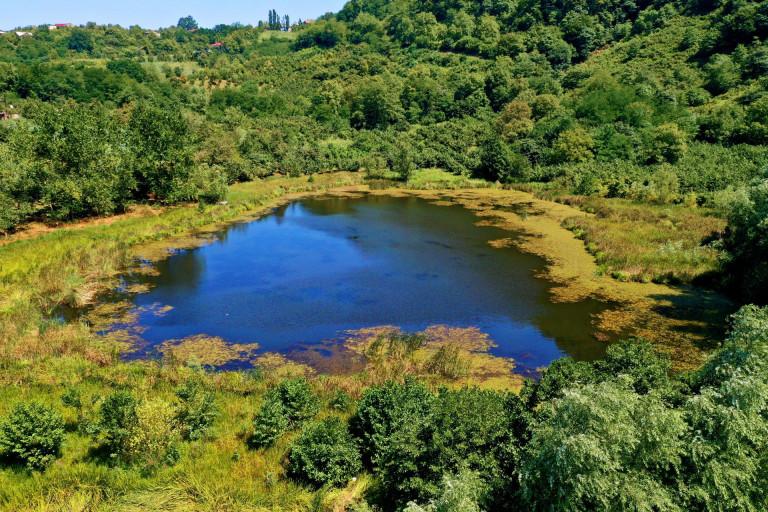
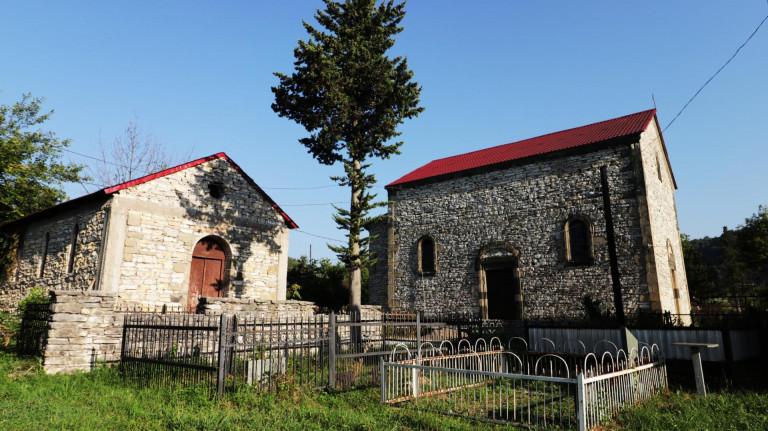

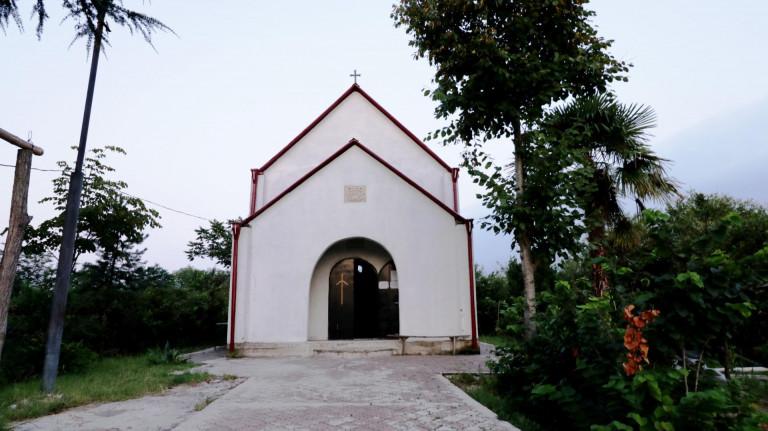


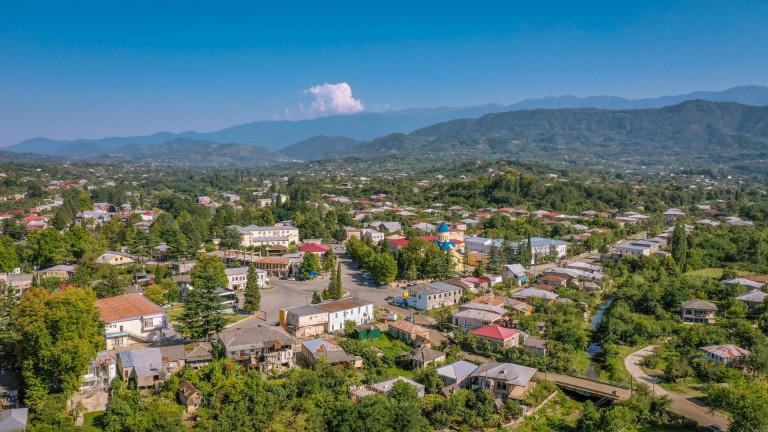
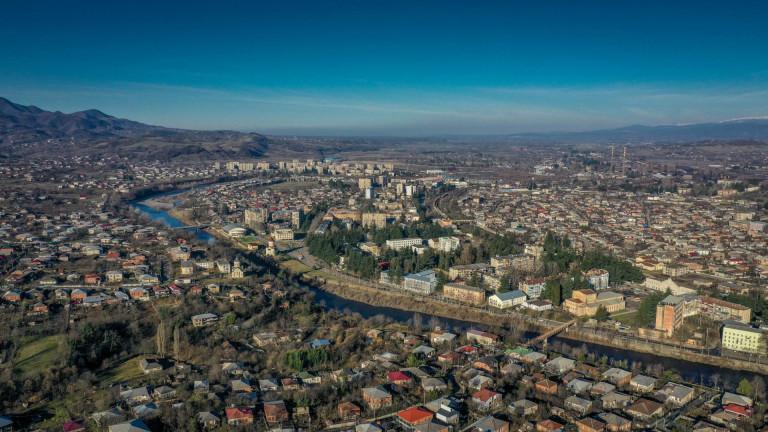
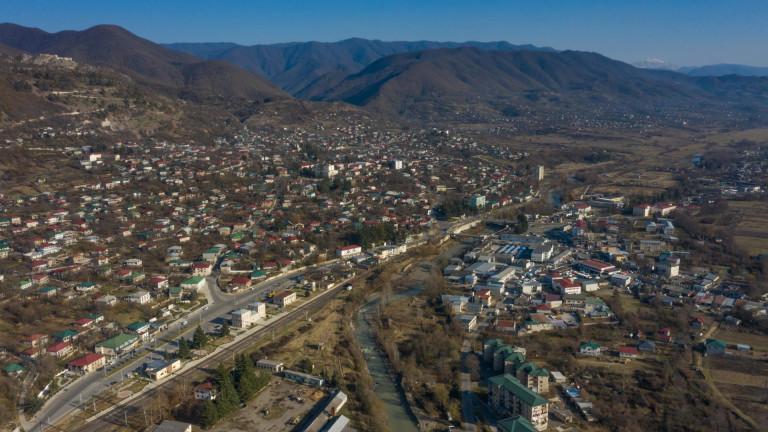

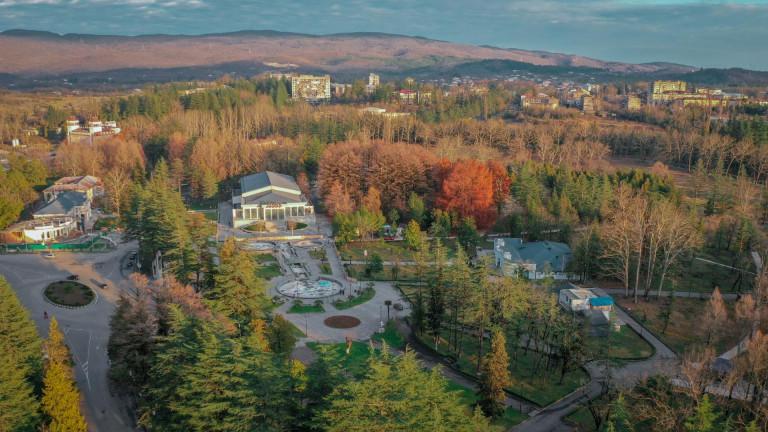
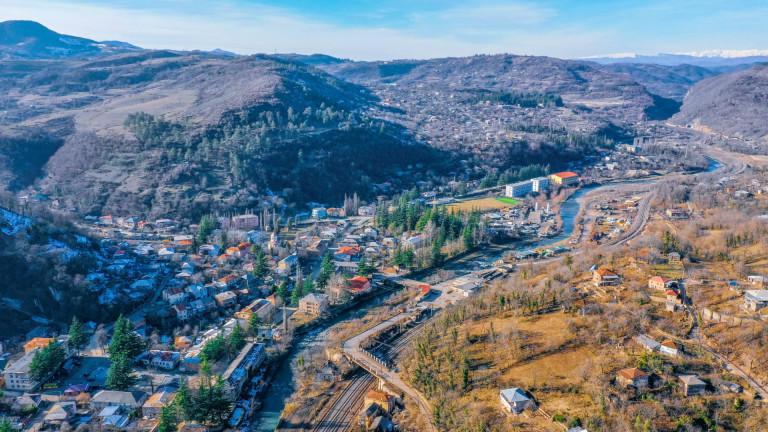

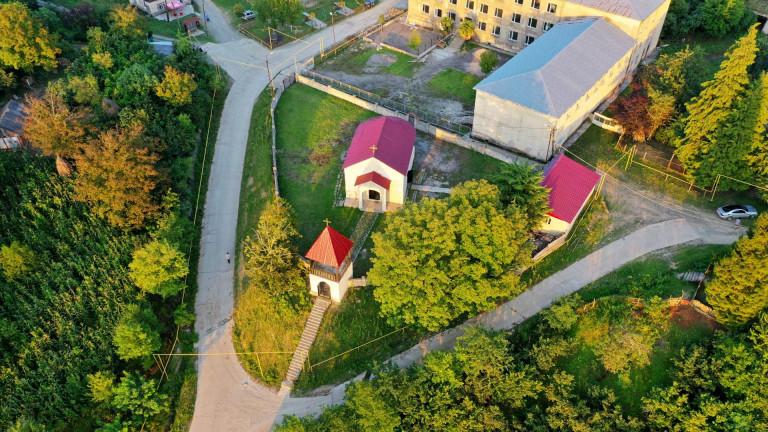


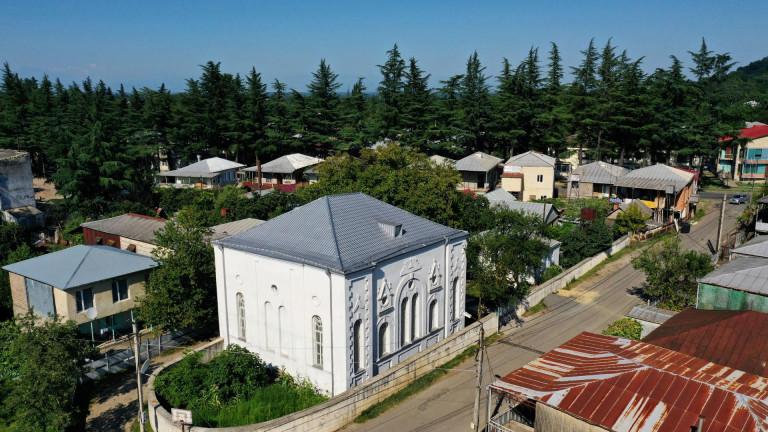
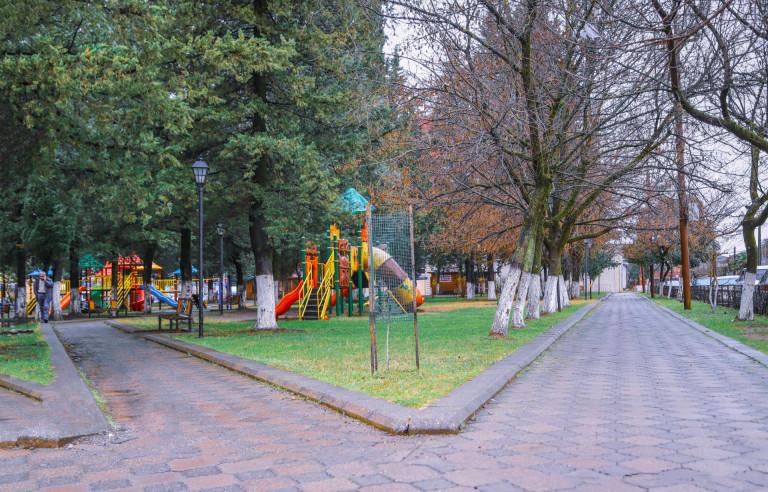

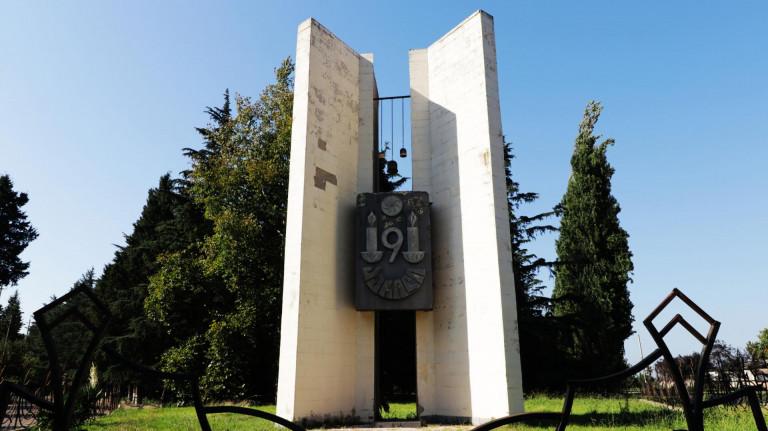
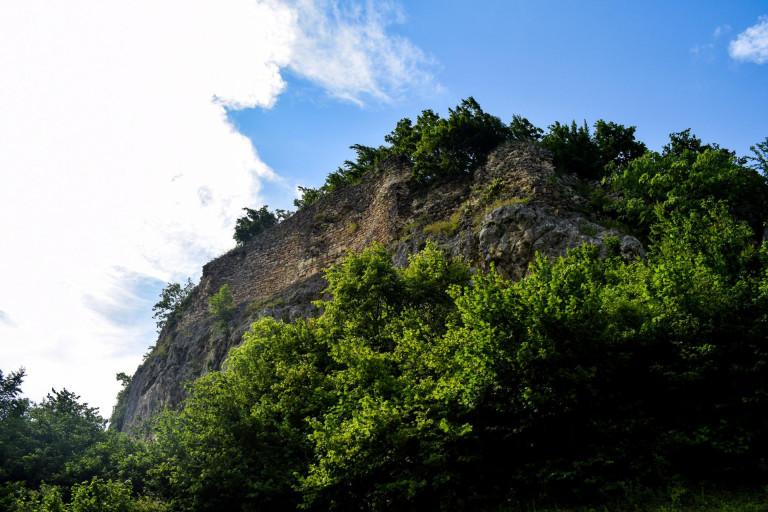






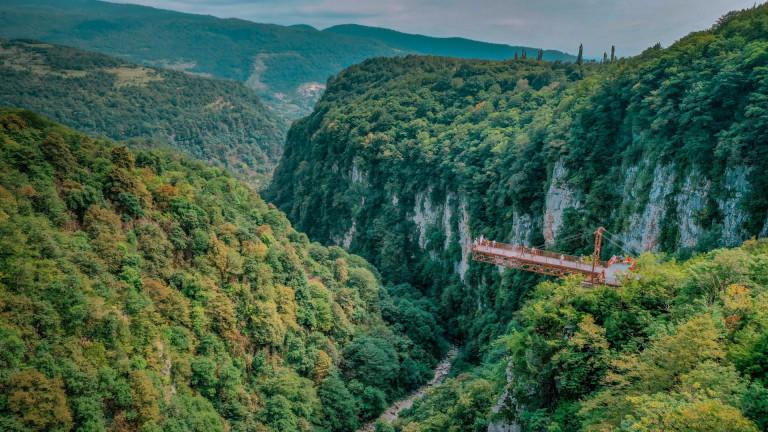
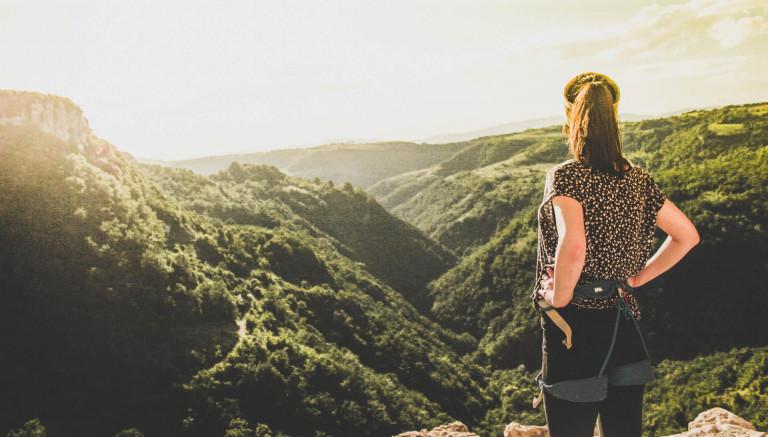

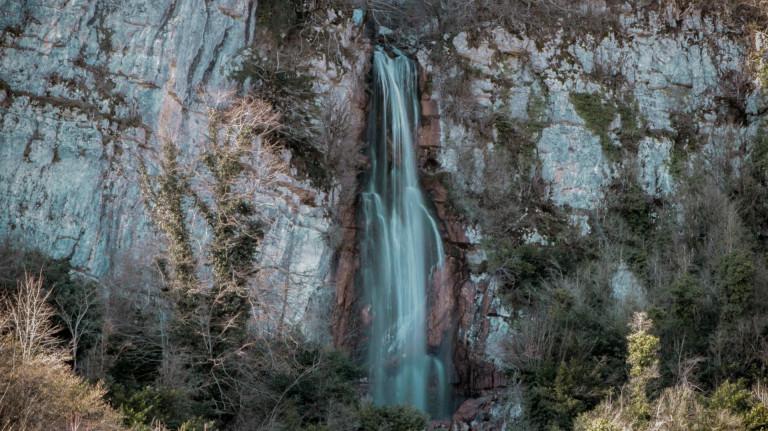










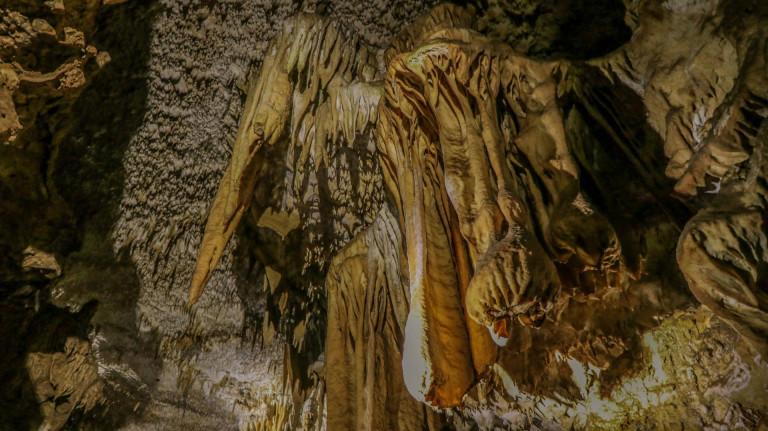

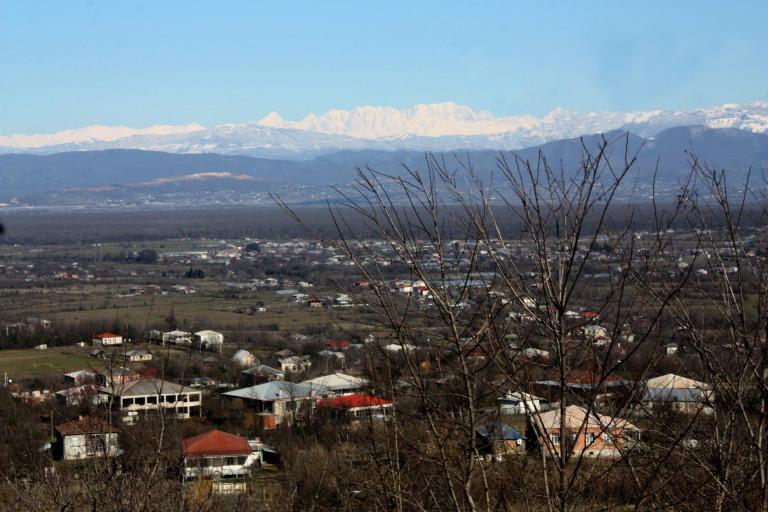

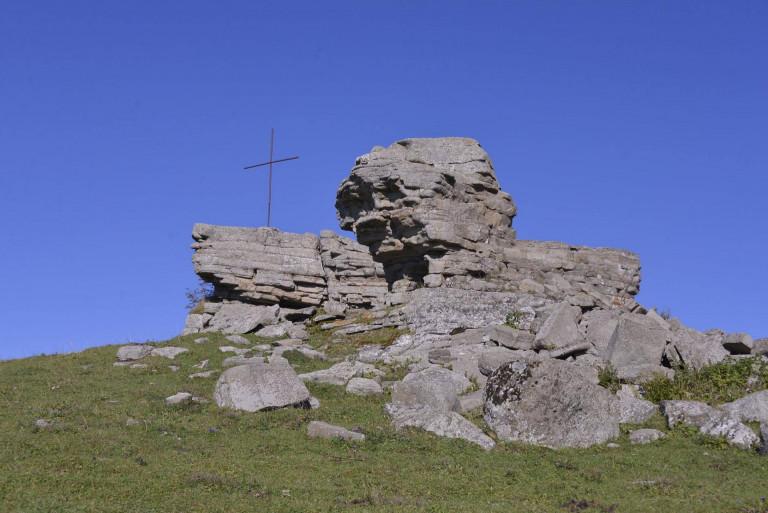
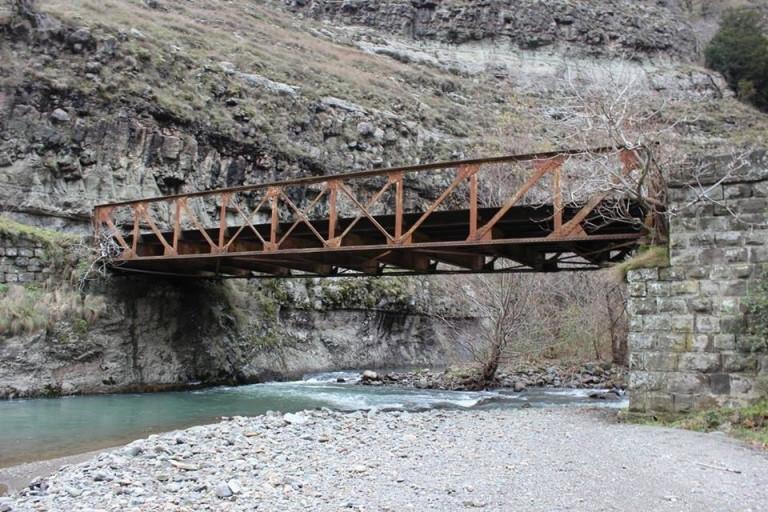
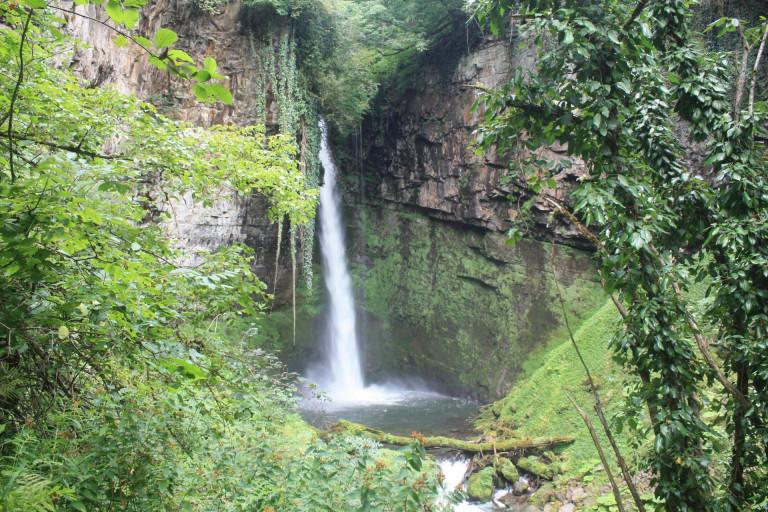
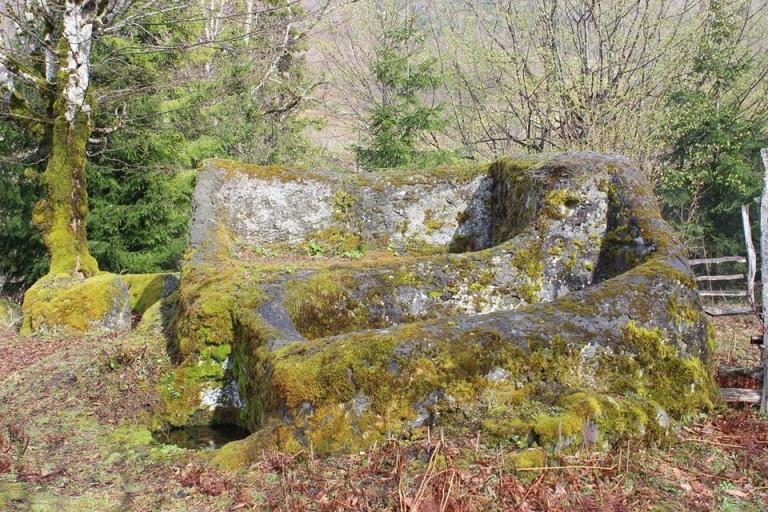



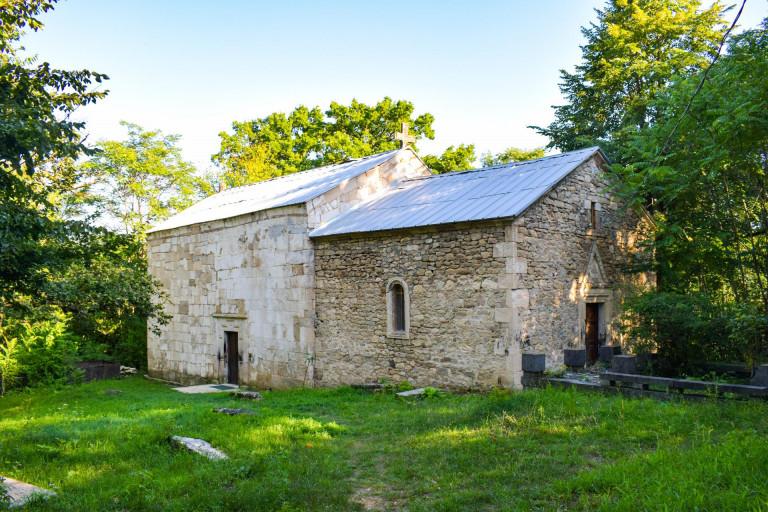













Help other travelers use your experience.
Review this destination, share your thoughts, impressions, pros and cons.
Let's make traveling easier than ever.
Please login to ask a question
Ask a QuestionHow to reach vani, imereti from Tbilisi
by public transport, you should get to the Didube Bus station. There you might find a minibus to Vani, however, the most obvious choice is to get to kutaisi (minibuses are leaving from Didube Bus Station every hour) and from kutaisi, you can take minibus as well or rent a taxi.
Thanks so much !!